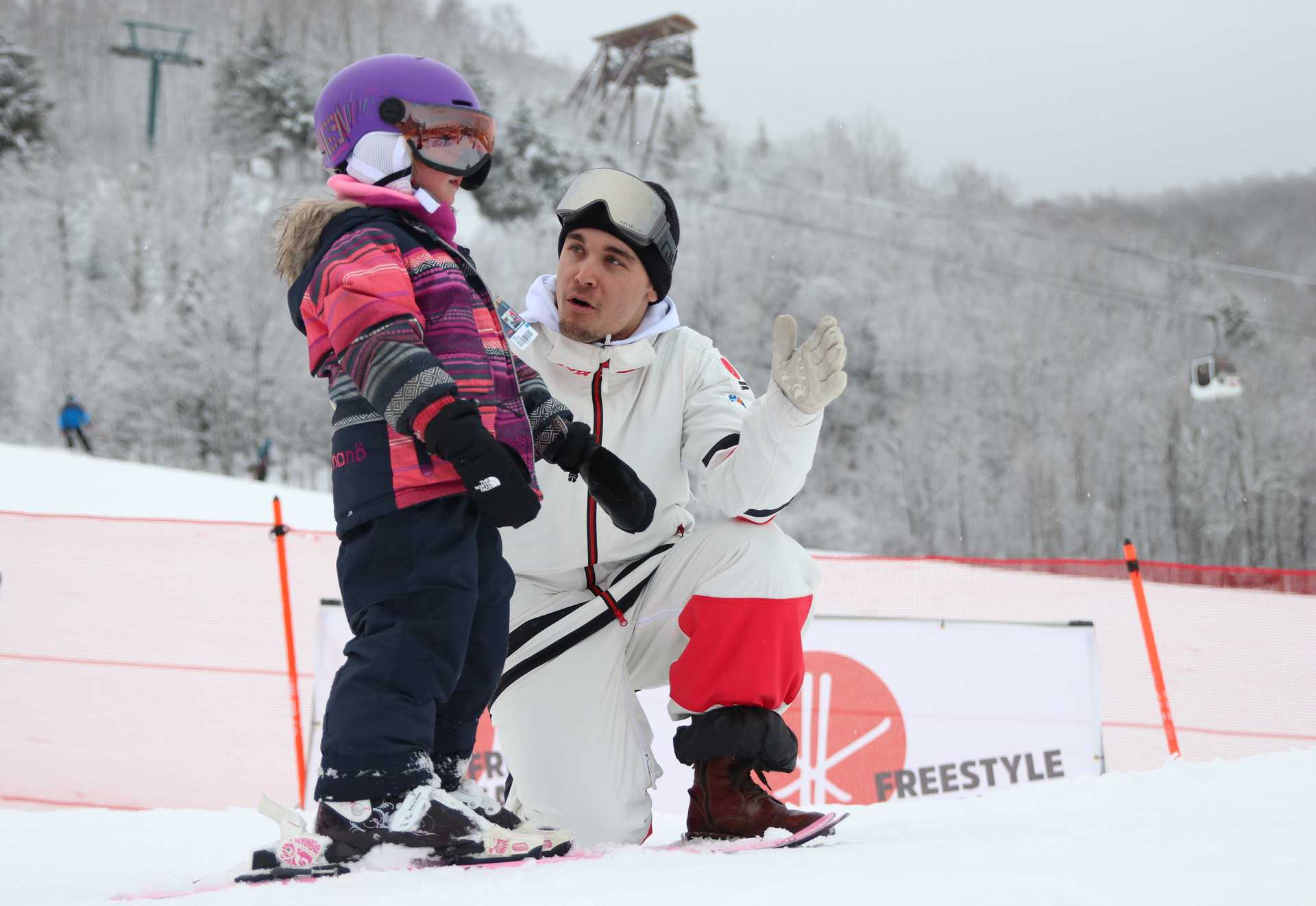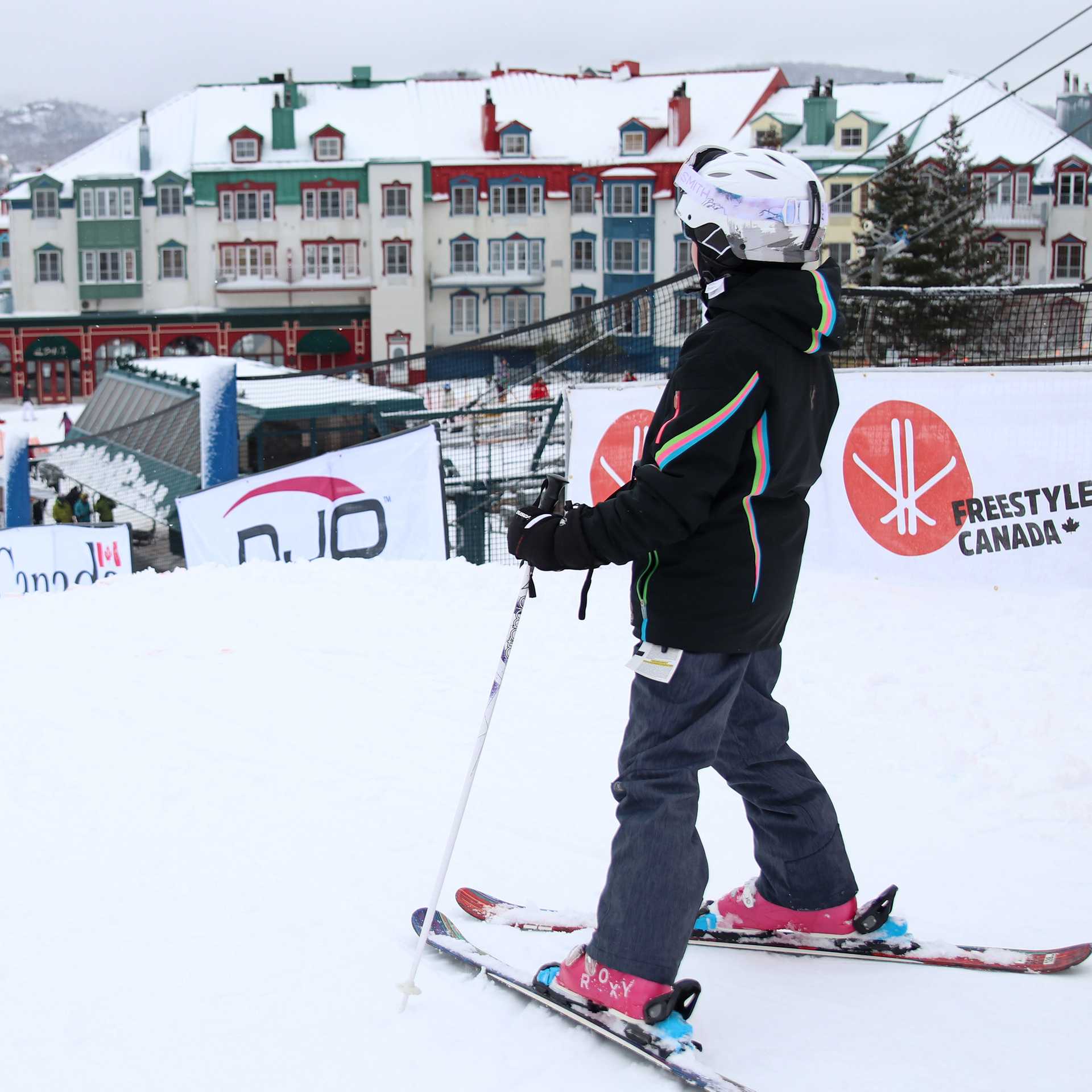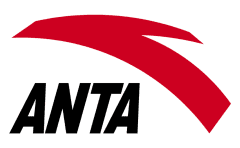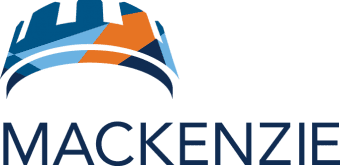Launching the LTAD 3.0
Welcome to Freestyle Canada’s updated long term athlete development model. The information provided is based on the revised 3.0 LTAD guide published by The Sport for Life Society.
The research based model presented is critical for the growth of Freestyle athletes. We encourage our stakeholders to use this information to make informed decisions around athlete development at each stage.
The Long-Term Development in Sport and Physical Activity:
- Is a framework for the development of every child, youth, and adult to enable optimal participation in sport and physical activity.
- Takes into account growth, maturation and development, trainability, and sport system alignment.
- Recognizes that the cognitive, emotional, moral, and psycho-social development of children are important components of maturation, and significantly contribute to progress in sport from introductory play all the way up to and including world-leading performances.
Multiple factors have been identified to take into consideration in the application of the Long-Term Development in sport and physical activity and the LTD for Freestyle Skiing is no exception.
Version 3 takes into account the following;
General factors
- Athlete development cannot be both fully evidence based and cutting edge.
- The important thing in development is not age, but how participants develop capabilities to move from stage to stage. Emphasis on chronological age has been diminished while there is more emphasis on the biological markers.
- That “good programs, delivered by good people, in good places.” Good programs are developmentally appropriate, based on the physical, cognitive, emotional and moral stages of development of participants.
- Inclusion; helping those who are not having the success they want, transfer to other sports or activities in which they can thrive.
- Athletes are able to take part in meaningful competition where blow-outs are rare, and learning can take place
Personal factors:
- Developing physical literacy in the early stages lays foundations for later success and life-long engagement in physical activity.
- Providing quality learning and training environment at an early age improve physical literacy. This is different than early specialization.
- People grow and develop at different rates. Sport needs to take individual stage of growth and development into account when designing training and competition programs. Athlete development is not just physical, it’s also, mental, cognitive and emotional.
- In the athlete development, there is some sensitive periods that will provide greater effect on the improvement of certain skills.
- Not all individuals are equally capable in all sports. Trying many sports during the Learn to train and early Train to train stages can be helpful.
- Success can’t be rushed. To reach full potential, athletes need well planned, progressive and high-quality training over many years.
- Keep in mind the life-course approach.
Organizational factors:
- LTAD models need to be up to date.
- LTAD strategy is more successful when everyone works together with it (organization, coaches, officials, …)
- The first experience in the sport should be positive.
- Different sports have different pathways:
- High acrobatics (gymnastics, trampoline,…) have an early specialization
- High kinesthetic (swimming, skiing, skating) need an early feel
- Typical sports have a specialization in the late 20 or early 30
- Late specialization (mid 30) : golf, rowing, triathlon
- Transfer: sport that are more discovered later (bobsleigh) or that athletes would transfer to as they get older in their primary sport.
- Appropriate specialization is critical to avoid athletes quitting too early or missing opportunity to develop their full abilities.
- Important to respect the year and periodize according to the stage of development.
- The transitions between stages, sports, life have to be well managed
System factors
- Collaboration between the organizations
- Align all programs (LTAD, Skill matrix, podium pathway, Coaches courses)
- Ensure that we have safe sport programs/programming
- Promote diversification
- Sport organizations have to understand that excellence take time and let each athlete develop individually into the different stage.
- Welcome continuous improvement in the different aspects of the sport.
- Built programs and selection on an evidence basis (assessment, monitoring, research).





